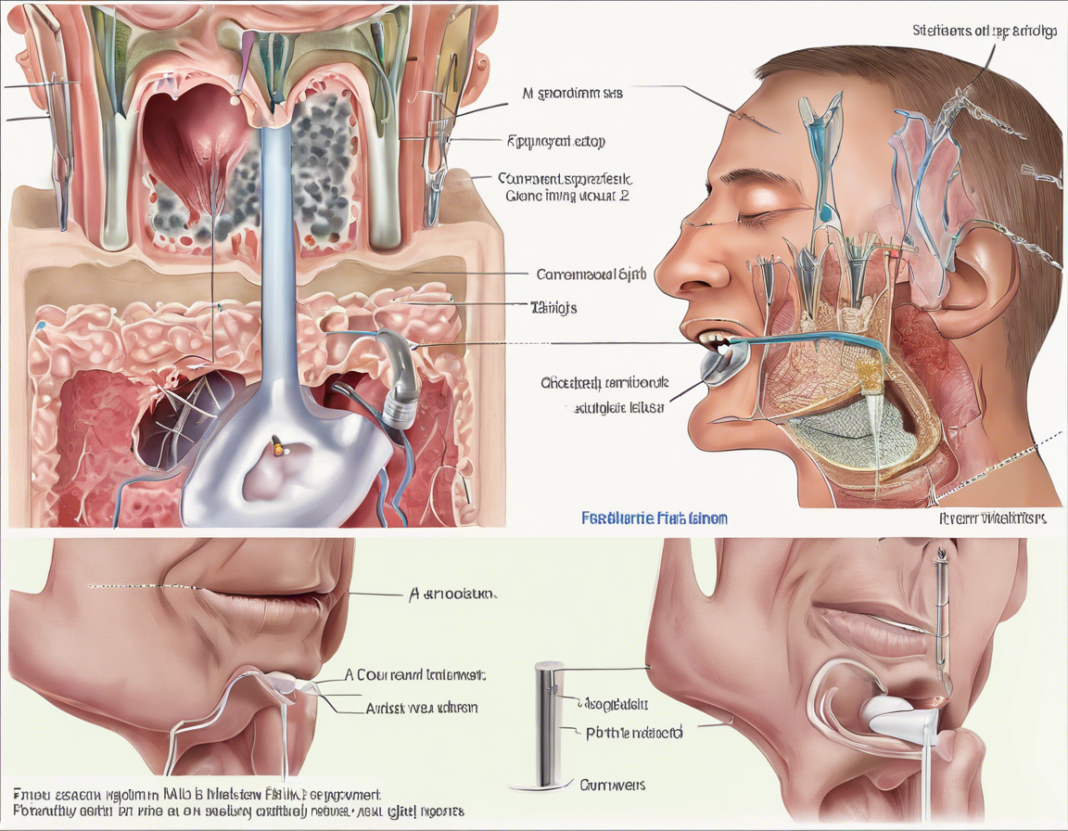Oral submucous fibrosis (OSMF) is a chronic, complex, and potentially malignant condition that affects the oral mucosa, mainly due to the prolonged usage of betel nut and tobacco. This condition is characterized by the abnormal accumulation of fibrous tissue in the oral cavity, leading to restricted mouth opening, pain, burning sensation, and difficulty in chewing and swallowing. As with any medical condition, early detection and appropriate treatment play a crucial role in managing OSMF and preventing its progression to more severe stages or oral cancer.
Understanding the Treatment Options for Oral Submucous Fibrosis
1. Lifestyle Changes and Oral Hygiene Practices
Maintaining good oral hygiene is essential for managing OSMF. Patients are advised to quit tobacco and betel nut consumption, as these habits are known to exacerbate the condition. Dentists may recommend dietary changes to include softer foods that are easier to chew and swallow. Avoiding spicy and acidic foods can also help reduce irritation in the oral cavity.
2. Medications
– Steroids: Corticosteroids are commonly prescribed to reduce inflammation and improve mouth opening in patients with OSMF. These can be administered topically as mouth rinses, locally injected into the affected areas, or taken orally in severe cases.
– Antioxidants: Supplements like lycopene, beta-carotene, and vitamin E are known for their antioxidant properties, which can help reduce oxidative stress and inflammation in the oral mucosa.
– Pentoxyfylline: This drug is sometimes used to improve blood flow and reduce fibrosis in patients with OSMF.
3. Physiotherapy and Mouth Exercises
Physical therapy techniques such as jaw exercises, stretching exercises, and mouth opening techniques can help improve the flexibility of the oral tissues and enhance mouth opening in patients with OSMF. Regular practice of these exercises is essential for maintaining the range of motion in the jaw muscles and preventing further restrictions.
4. Intralesional Injections
Intralesional injections of medications like steroids or hyaluronidase directly into the fibrous bands in the oral mucosa can help break down the fibrotic tissue and improve mouth opening. This targeted approach can be effective in cases where other treatment modalities have not yielded significant results.
5. Surgical Interventions
In advanced stages of OSMF where conservative treatments have not been successful, surgical intervention may be required to release the fibrous bands and improve mouth opening. Procedures like fibrotomy, fibrectomy, or coronoidectomy may be performed by oral and maxillofacial surgeons to address severe trismus and functional limitations.
6. Laser Therapy
Laser treatment has shown promising results in the management of OSMF by reducing fibrosis, improving mouth opening, and relieving symptoms like pain and burning sensation. Low-level laser therapy (LLLT) and carbon dioxide (CO2) lasers are commonly used to target the fibrous bands in the oral mucosa and stimulate tissue regeneration.
Frequently Asked Questions (FAQs) about Oral Submucous Fibrosis Treatment
Q1: Can oral submucous fibrosis be cured completely?
A1: While there is no definitive cure for OSMF, timely diagnosis and appropriate treatment can help manage the condition effectively and prevent its progression to more severe stages.
Q2: How long does it take to see improvement with treatment for OSMF?
A2: The response to treatment varies from patient to patient. Some individuals may experience improvement in symptoms and mouth opening within a few weeks, while others may require more extended treatment and follow-up care.
Q3: Are there any home remedies or alternative therapies that can help in managing OSMF?
A3: While oral hygiene practices and dietary modifications can support conventional treatment, it is essential to consult with a healthcare professional for proper diagnosis and management of OSMF. Alternative therapies should be used as complementary to standard treatments, not as standalone solutions.
Q4: Can OSMF lead to oral cancer?
A4: Yes, untreated or poorly managed OSMF can increase the risk of developing oral cancer. Regular monitoring, early intervention, and lifestyle modifications are crucial in preventing malignant transformation in patients with OSMF.
Q5: Is mouth opening exercises necessary for all OSMF patients?
A5: Mouth opening exercises play a vital role in improving the flexibility of the oral tissues and preventing further restrictions in patients with OSMF. These exercises are tailored to each individual’s needs and should be performed under the guidance of a healthcare professional.

